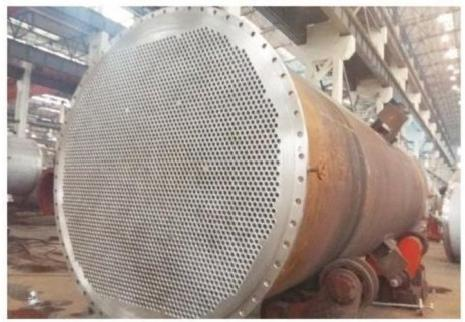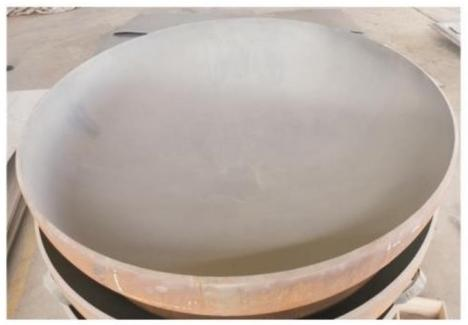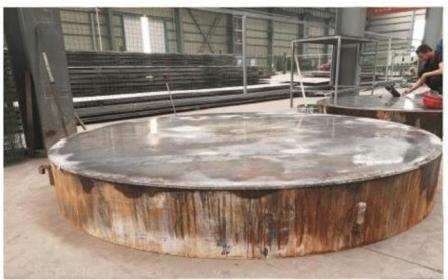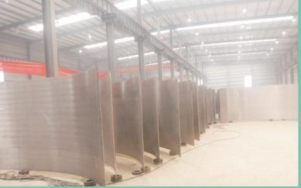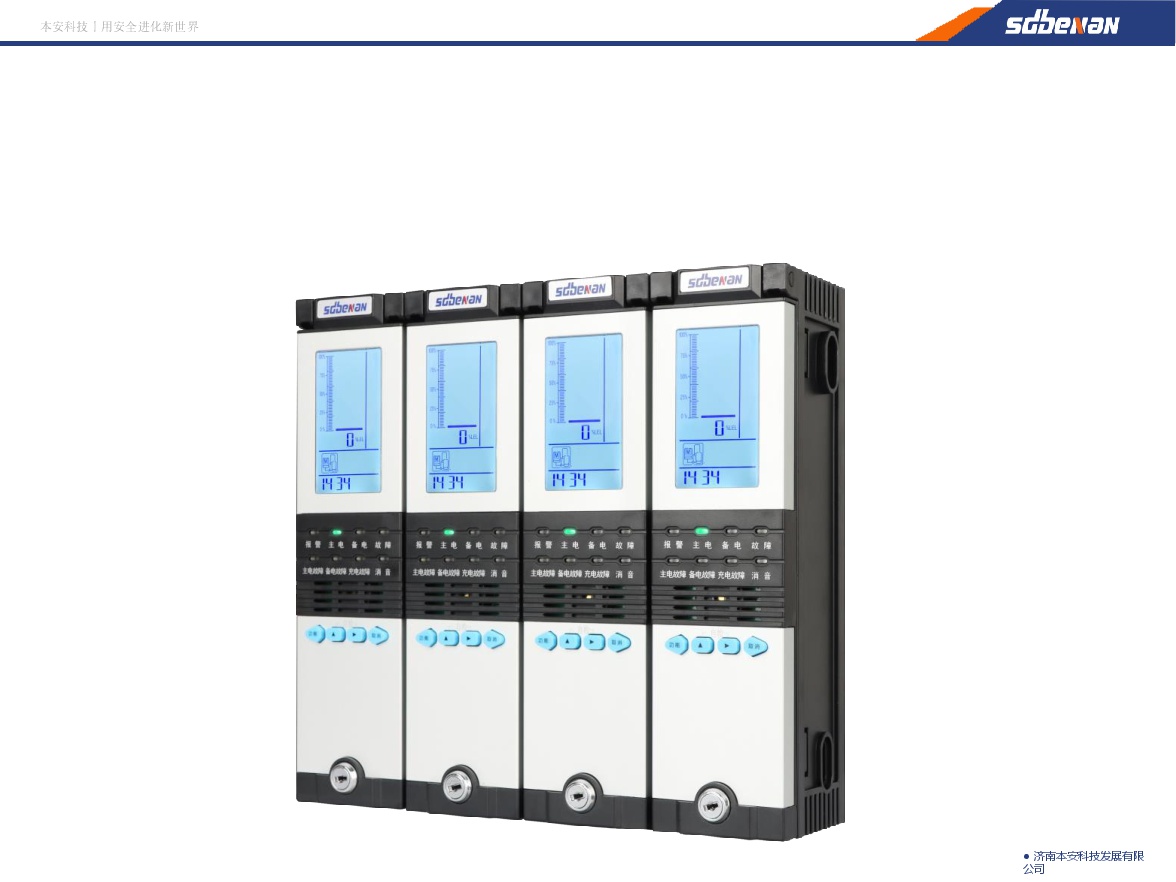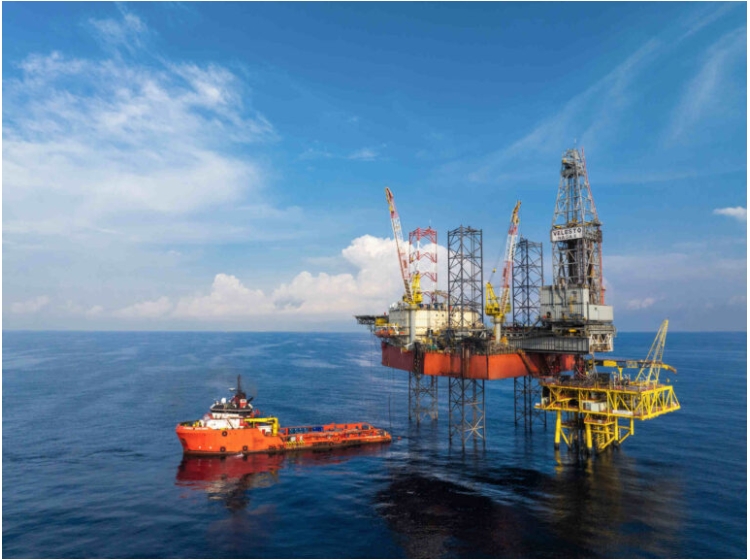 Wedoany.com Report-Feb 5, With the world caught in a vicious circle of geopolitical tensions, high-stakes tariff games, emerging trade wars, climate change woes, and the need to tackle the energy security, sustainability, and affordability trilemma, technological advancement, supportive policy regulations, and integration of greener and cleaner power innovations are a bedrock of an equitable energy transition age for Malaysia’s Velesto Energy, owner of six premium jack-up rigs and two hydraulic work-over units. The firm has set its cap on growth and expansion by dipping its toes into robotics and eyeing potential deepwater plays through lease agreements.
Wedoany.com Report-Feb 5, With the world caught in a vicious circle of geopolitical tensions, high-stakes tariff games, emerging trade wars, climate change woes, and the need to tackle the energy security, sustainability, and affordability trilemma, technological advancement, supportive policy regulations, and integration of greener and cleaner power innovations are a bedrock of an equitable energy transition age for Malaysia’s Velesto Energy, owner of six premium jack-up rigs and two hydraulic work-over units. The firm has set its cap on growth and expansion by dipping its toes into robotics and eyeing potential deepwater plays through lease agreements.
The global markets and energy landscape continue to evolve as attempts are made to come to grips with rising challenges, including the most recent ones stemming from the tariff quest Donald Trump, U.S. President, is keen on putting into play for imports from Canada, Mexico, and China, albeit he did agree on a one-month freeze for the ones aimed at Mexico.
Trump also disclosed plans to hit the European Union (EU) with a tariff hike. These and similar moves are likely to spark trade wars, potentially resulting in a cost rise for certain goods and services in many spheres and sectors, including the energy arena.
While all regions are feeling the need to diversify their energy sources to ensure energy security and curb their greenhouse gas (GHG) emissions footprint, Asia is pinpointed as the region where significant energy growth is expected to be on the cards. The Asia-Pacific region is witnessing an oil and gas boost in Malaysia and an expansion in renewable energy projects in Taiwan and Vietnam.
Wood Mackenzie‘s ‘Energy Transition Outlook’ report indicates under its base case scenario that renewable energy sources will account for 70% of the energy mix by 2050. With this in mind, the International Energy Agency‘s ‘Southeast Asia Energy Outlook 2024’ underlines that eight out of ten Southeast Asia countries have set net zero emissions targets. While Brunei Darussalam, Cambodia, Lao PDR, Malaysia, Singapore, and Vietnam aim to reach net zero by 2050; Indonesia targets 2060; and Thailand aims for 2065.
Despite the growth in the renewables arena, the IEA’s long-term outlook still predicts oil and gas will account for around 40% of the energy mix by 2050, with caution needed since demand trends show a flattening from 2030 onward as the energy transition progresses. Even though the EU oil and gas demand peaked nearly two decades ago, demand from emerging markets is yet to reach its peak and may do so in the coming years.


